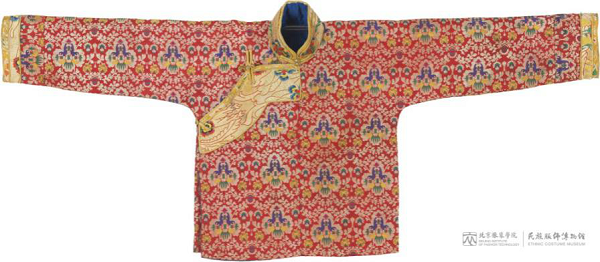Tibetan traditional clothing

Tibet, with a vast territory, is known for its diverse geographical and climatic conditions. Therefore, ethnic clothing of distinctive styles have been developed in order to adapt to the different natural environment for Tibetans dwelling in different areas within and around the region.
Tibetan traditional clothing have diverse styles, but all feature a loose robe and long sleeves. While urban residents in Tibet prefer using high-quality wool for robes, those living in rural areas prefer Pulu (Tibetan wool), and herdsmen in pasturing areas always choose fur.
Men's clothing looks vigorous and masculine, while women's is elegant, natural, and unrestrained. The basic Tibetan outfit is a loose, long robe with long sleeves, with matching high boots. Such a style is largely determined by the unique ecological environment, as well as the local mode of living and production.
Local residents are able to sleep with the robes on to resist the cold weather, while still feeling comfortable and at ease. The broad sleeve allows an arm to withdraw from it with one shoulder exposed during the daytime when the temperature raises high. Women wear long-sleeved robes in the winter and sleeveless robes in the summer, covering shirts of myriad colors and decorative patterns. Married women adorn themselves with a bangdian (Tibetan-style woolen apron featuring colorful strips) tied in front of their waists.



Tibetan hats also cover a variety of styles and materials. Currently there is roughly 20 varieties, including the four-lobed golden-thread hat and the Pulu hat.

Tibetan boots are indispensable to the Tibetan outfit, and are of different types and names, primarily categorized into cow leather boots, corduroy boots, as well as woolen and cotton padded Pulu boots. The boots differ in texture and the length of boot leg, but not in gender.

Tibetans pay particular attention to accessories, which vary on hair, ear, chest, waist, and hands.





Tibetan women are especially fond of red coral, yellow beeswax, turquoise, and silver jewelry, forming a typical dressing style for highland women. Among these, the decorative waist pendant is the most distinctive. The pendants are attached to the waist belt, hanging naturally on both sides of the body, showcasing an auspicious and luxurious fashion.

The hada scarf is the most important adornment in Tibetan traditional clothing, and also the most common ceremonial article in Tibet. Its main function is to express blessings, respect, friendship, and sincerity by the presenter. Tibetans have attached great importance to it and regard it as the most precious gift. A Tibetan hada scarf is usually white, symbolizing the candid, sincere, and pure heart. It is usually made of silk, measuring 20 to 30 centimeters wide and one to two meters long. The hada scarf symbolizes purity and compassion, and is worn or presented at many ceremonial occasions, including jubilant events such as births, weddings, graduations, meeting with elders, and the arrival or departure of guests.
In addition, there are distinctive multi-colored hada scarves in Tibet, including the combination of blue, white, yellow, green, or red, symbolizing the blue sky, white clouds, rivers, gods, and the earth respectively.

Now, lots of Tibetan families would also choose modern clothes such as suits and jackets in their daily life, reflecting their new dressing style. However, many people still put on traditional clothing in their traditional ethnic festivals.


